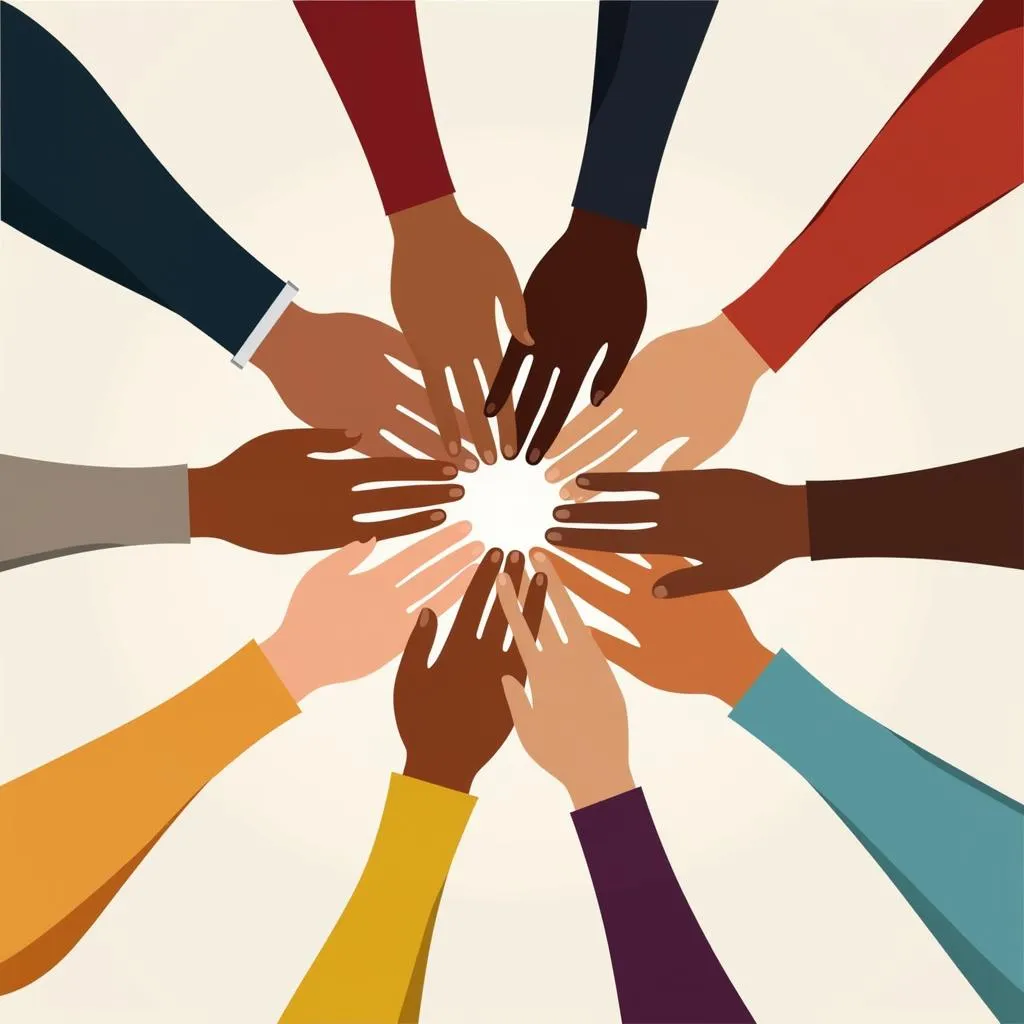The term “1820 Society” might initially spark curiosity about a historical organization or event. However, it’s important to clarify that no known historical group or significant event directly ties to this specific name. While a search engine might yield results related to historical societies or events from that era, there’s no evidence to suggest a direct connection to a “1820 Society” as a recognized entity.
Despite the lack of concrete historical roots, the phrase itself presents an interesting opportunity. The year 1820 marked a period of significant global transformation, characterized by social and political upheavals, technological advancements, and the rise of new ideologies. This context provides a thought-provoking framework to explore contemporary issues surrounding digital peace and understanding.
Reimagining the 1820 Society for the Digital Age
While the “1820 Society” might not exist in a traditional sense, we can reimagine its potential in the context of our current digital world. What if we view it as a symbolic representation of the ongoing pursuit of peace and understanding across cultures in the digital age?
This reimagined “1820 Society” could embody the values of empathy, respectful dialogue, and bridge-building between individuals from diverse backgrounds. In a world grappling with misinformation, online polarization, and cyberconflicts, embracing the spirit of a “1820 Society” dedicated to digital peace becomes increasingly relevant.
Building Bridges in the Digital Landscape
The principles of a “1820 Society” focused on digital peace could encompass various aspects of online interaction. This includes:
- Promoting digital literacy: Equipping individuals with the critical thinking skills needed to navigate the complexities of online information and identify misinformation.
- Fostering intercultural dialogue: Creating online platforms and initiatives that encourage respectful communication and understanding between individuals from different cultural backgrounds.
- Combating online hate speech: Developing strategies and tools to identify, address, and prevent the spread of harmful content that incites violence or discrimination.
- Building a culture of online empathy: Encouraging online users to consider perspectives different from their own and engage in constructive dialogue even when faced with opposing viewpoints.
 Bridging the Digital Divide
Bridging the Digital Divide
The Role of Technology in Fostering Digital Peace
Technology plays a paradoxical role in the pursuit of digital peace. While it can be a tool for amplifying division and conflict, it also holds immense potential for fostering connection and understanding.
For instance, artificial intelligence can be leveraged to identify and flag hate speech, while social media platforms can be redesigned to promote meaningful interactions and diverse perspectives. By harnessing the power of technology responsibly, we can create a digital landscape that facilitates peace-building efforts.
Challenges and Opportunities in the Pursuit of Digital Peace
Building a truly inclusive and peaceful digital world presents unique challenges:
- Addressing Algorithmic Bias: Algorithms used by search engines and social media platforms can perpetuate existing biases and create echo chambers that limit exposure to diverse perspectives.
- Combating Online Disinformation: The rapid spread of false or misleading information online poses a significant threat to peacebuilding efforts, as it can fuel mistrust and incite violence.
- Protecting Freedom of Expression: Finding the right balance between combating hate speech and protecting freedom of expression is crucial for fostering a vibrant and inclusive online space.
Despite these challenges, the pursuit of digital peace offers immense opportunities:
- Amplifying Marginalized Voices: Digital platforms provide a powerful tool for amplifying the voices and experiences of marginalized communities and fostering a more inclusive online world.
- Facilitating Global Collaboration: Technology enables individuals and organizations from around the world to connect and collaborate on peacebuilding initiatives, breaking down geographical barriers.
- Building Empathy and Understanding: Through online storytelling, virtual exchange programs, and other innovative initiatives, technology can help bridge cultural divides and foster empathy among diverse communities.
 Hands Holding Representing Diversity and Unity
Hands Holding Representing Diversity and Unity
Conclusion: Embracing the Spirit of the 1820 Society in the Digital Age
While the “1820 Society” might not be a historical reality, its conceptual framework provides a valuable lens through which to view contemporary challenges and opportunities in the realm of digital peace.
By embracing the values of empathy, understanding, and responsible technology use, we can collectively strive to create a digital world that fosters meaningful connection, promotes peace, and empowers individuals from all walks of life. The journey towards digital peace is an ongoing and collective effort, requiring collaboration between individuals, communities, tech companies, and policymakers alike.